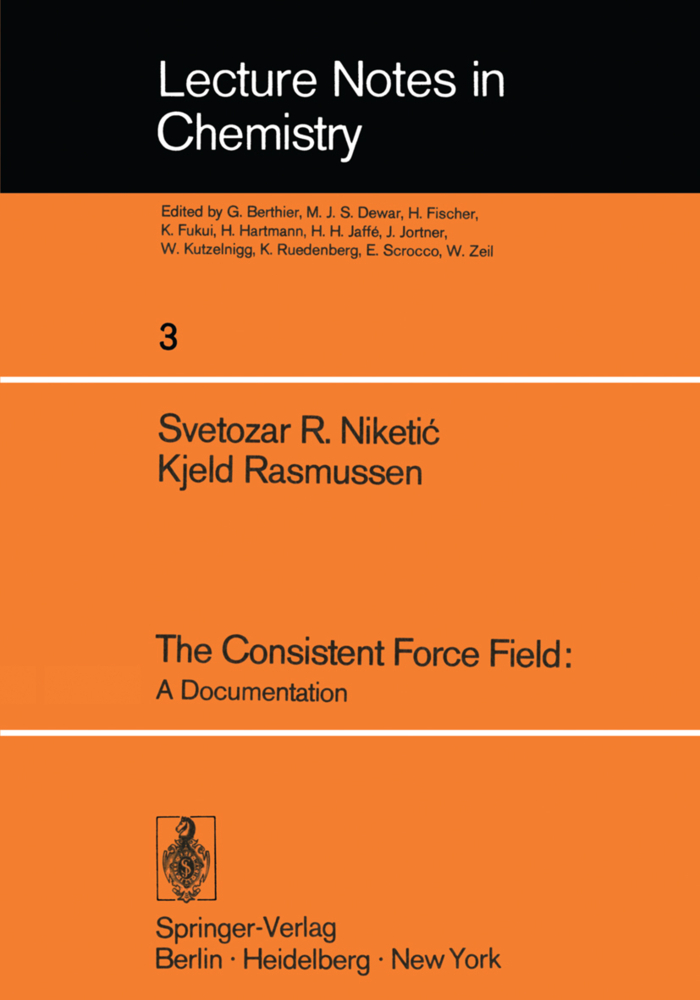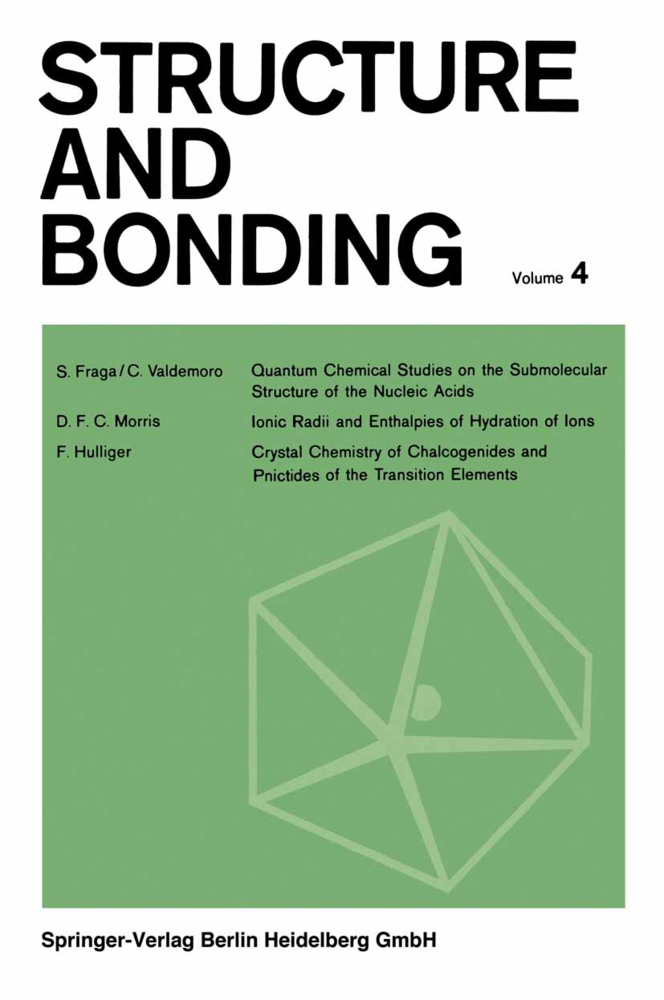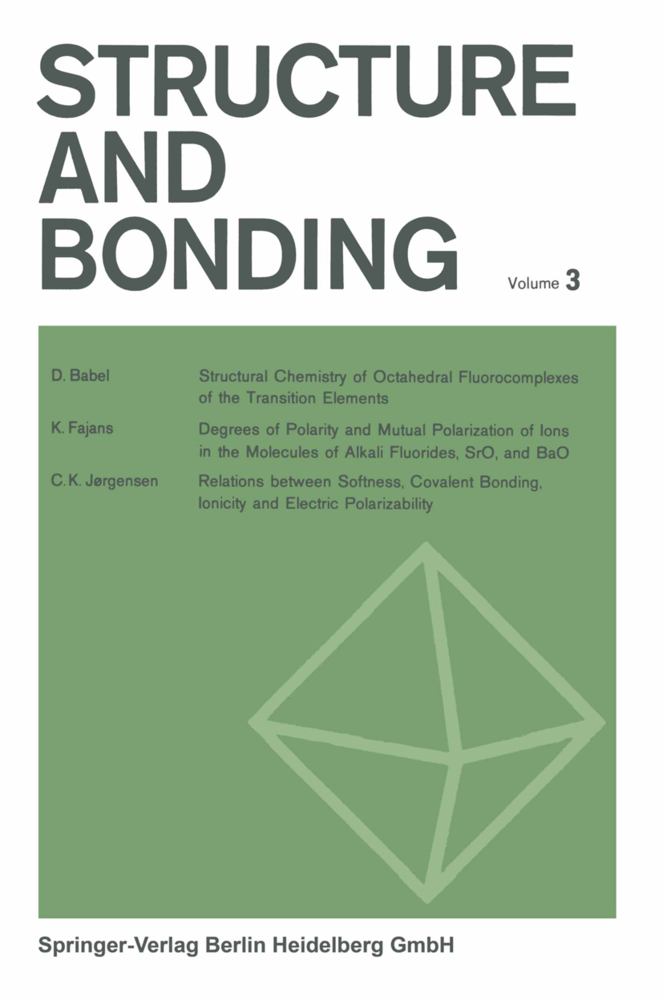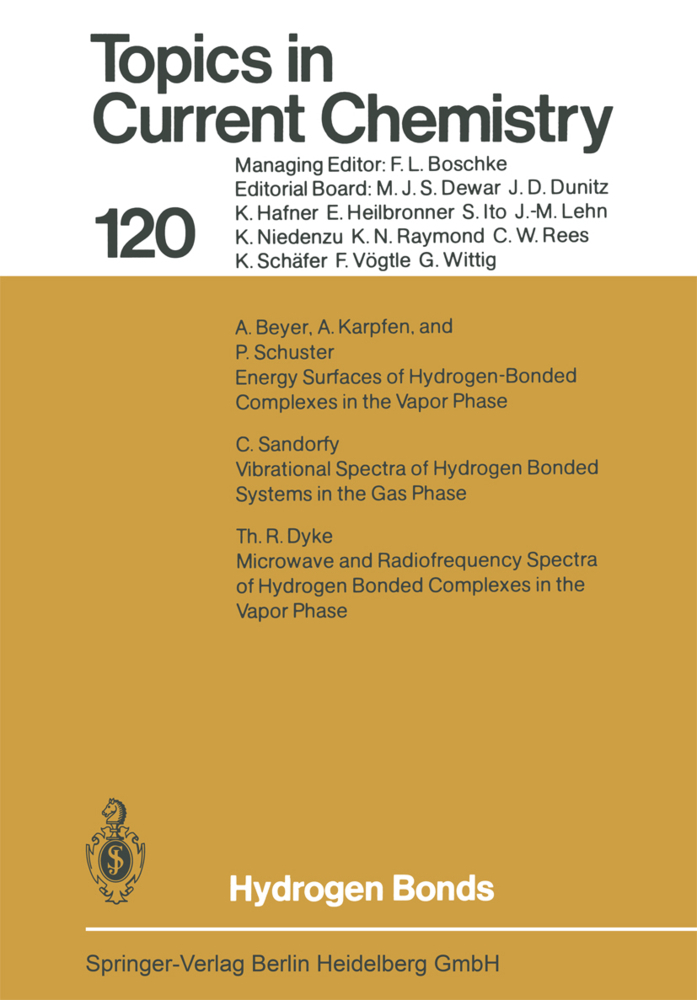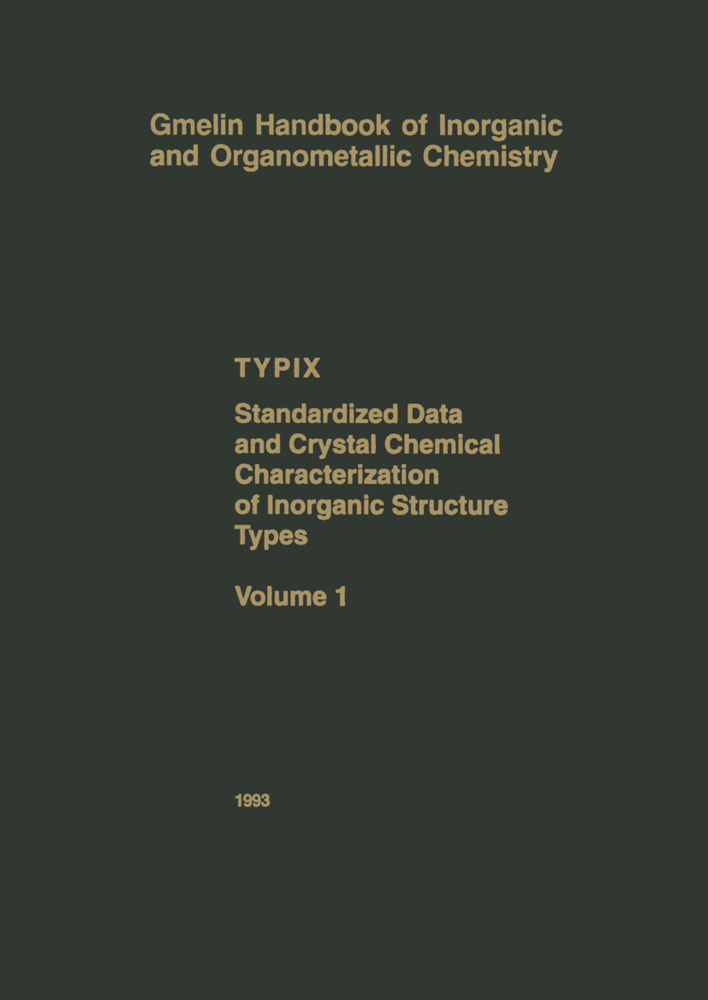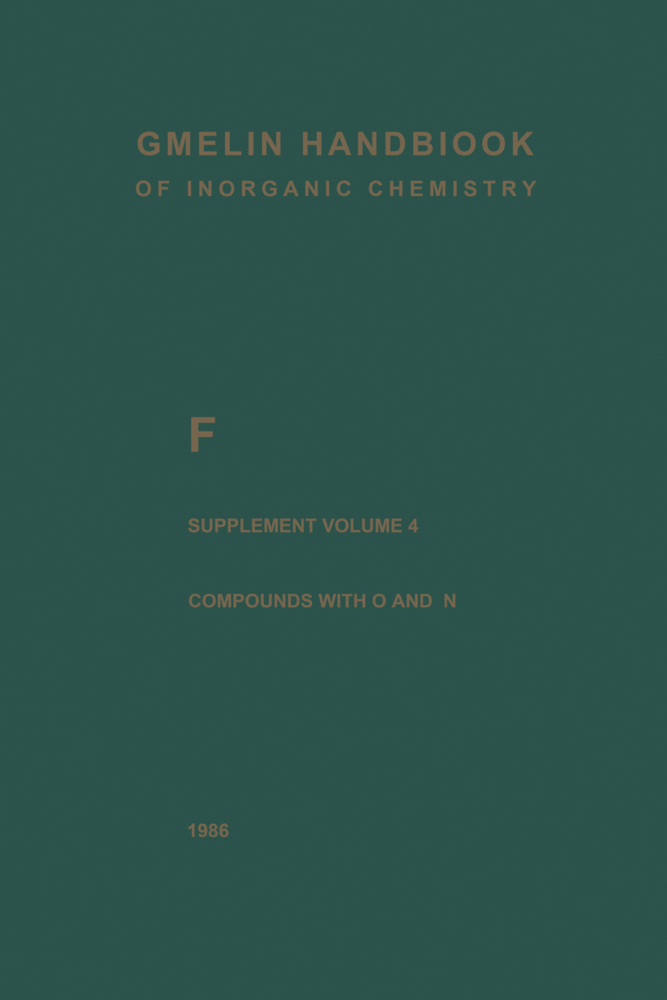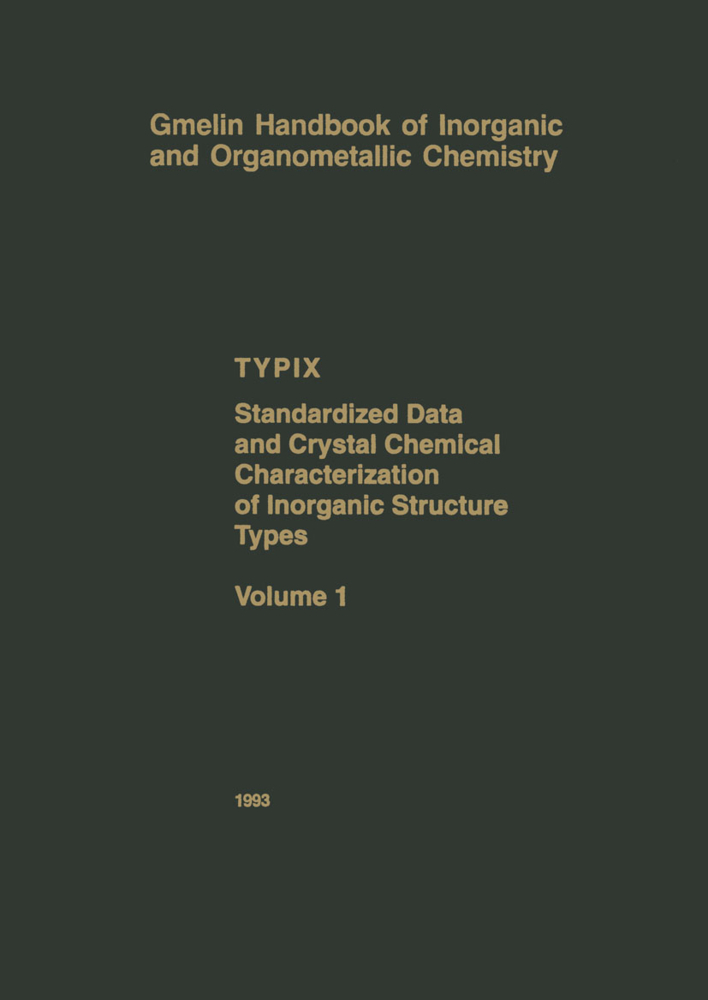The Consistent Force Field
A Documentation
The Consistent Force Field
A Documentation
In this chapter ve shall discuss the calculation of potential energy associated vith molecular conforaations. Raving obtained cartesian atoaic coordinates defining conforaations. and lists of intraao- cular interactions, as described in Chapter 3, ve are ready to calculate a quantity which in the chemical literature is known as the total aolecular potential energy or the conforaational, steric, strain or intraaolecular energy. ~he conformational energy of a aolecule can be expressed as a function , of all internal coordinates and interatoaic distances, or as a function of atoaic positions specified by soae general coordi Dates. ~he function , is supposed to haye local ainiaa corresponding to the stable equilibrium conforaations of a aolecule in vacuo, Deglecting interaolecular interactions. ~he exact fora of Y is. of course, unknown. We assume that it can be suitably approximated by a sua of different types of energy contri hutions: , = Y ., +, +, ., be. nb e ~he teras represent cODtributions to the total aolecular potential energy , due to bond stretching and coapression teras Vb' valence aDgle bending teras 'e' iDterDal rotational or torsional teras V,. DOD-bonded interactions 'nb and electrostatic or Couloab iDter actions 'e. If there are other intraaolecular aechanisas affecting 79 V, sucD as hydrogen bonding, corresponding terms say be added.
1.1 What the CFF is
1.2 Background
1.3 Pre-CFF
1.4 The ascent of CFF
1.5 In the wake of CFF
2 The Programming System
2.1 Introduction
2.2 Outline of the programming system
2.3 Other programmes
2.4 Organisation of the system
2.5 Input manual
3 Molecular Topology and Geometry
3.1 Molecular topology
3.2 Lists of interactions
3.3 Molecular geometry
4 The Conformational Energy and its Derivatives
4.1 Introduction
4.2 Intermolecular forces
4.3 Intramolecular forces
4.4 Force field parametrisation
4.5 Energy calculations
4.6 Numerical calculation of derivatives
5 Energy Minimisation
5.1 Statement of the problems
5.2 Minimisation algorithms
5.3 Unified approach to gradient algorithms
5.4 Evaluation of minimisation methods
5.5 The minimisation programme
5.6 Concluding remarks
6 Vibrational Calculations
6.1 The vibrational problem
6.2 Normal coordinates
6.3 Programme VIBRAT
6.4 Practical considerations
7 Optimisation of Energy Parameters
7.1 The basic algorithm
7.2 The partial derivatives
7.3 Implementation of the optimisation
8 Developing A Force Field
8.1 The concept of energy functions
8.2 Examples
9 References.
Contests
1 Introduction1.1 What the CFF is
1.2 Background
1.3 Pre-CFF
1.4 The ascent of CFF
1.5 In the wake of CFF
2 The Programming System
2.1 Introduction
2.2 Outline of the programming system
2.3 Other programmes
2.4 Organisation of the system
2.5 Input manual
3 Molecular Topology and Geometry
3.1 Molecular topology
3.2 Lists of interactions
3.3 Molecular geometry
4 The Conformational Energy and its Derivatives
4.1 Introduction
4.2 Intermolecular forces
4.3 Intramolecular forces
4.4 Force field parametrisation
4.5 Energy calculations
4.6 Numerical calculation of derivatives
5 Energy Minimisation
5.1 Statement of the problems
5.2 Minimisation algorithms
5.3 Unified approach to gradient algorithms
5.4 Evaluation of minimisation methods
5.5 The minimisation programme
5.6 Concluding remarks
6 Vibrational Calculations
6.1 The vibrational problem
6.2 Normal coordinates
6.3 Programme VIBRAT
6.4 Practical considerations
7 Optimisation of Energy Parameters
7.1 The basic algorithm
7.2 The partial derivatives
7.3 Implementation of the optimisation
8 Developing A Force Field
8.1 The concept of energy functions
8.2 Examples
9 References.
| ISBN | 978-3-540-08344-3 |
|---|---|
| Artikelnummer | 9783540083443 |
| Medientyp | Buch |
| Copyrightjahr | 1977 |
| Verlag | Springer, Berlin |
| Umfang | X, 212 Seiten |
| Abbildungen | X, 212 p. |
| Sprache | Englisch |

